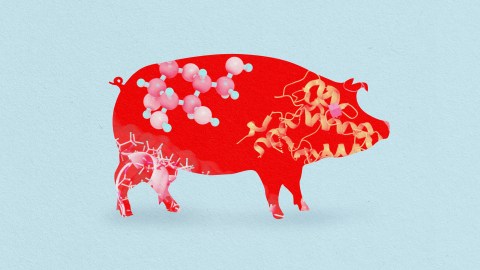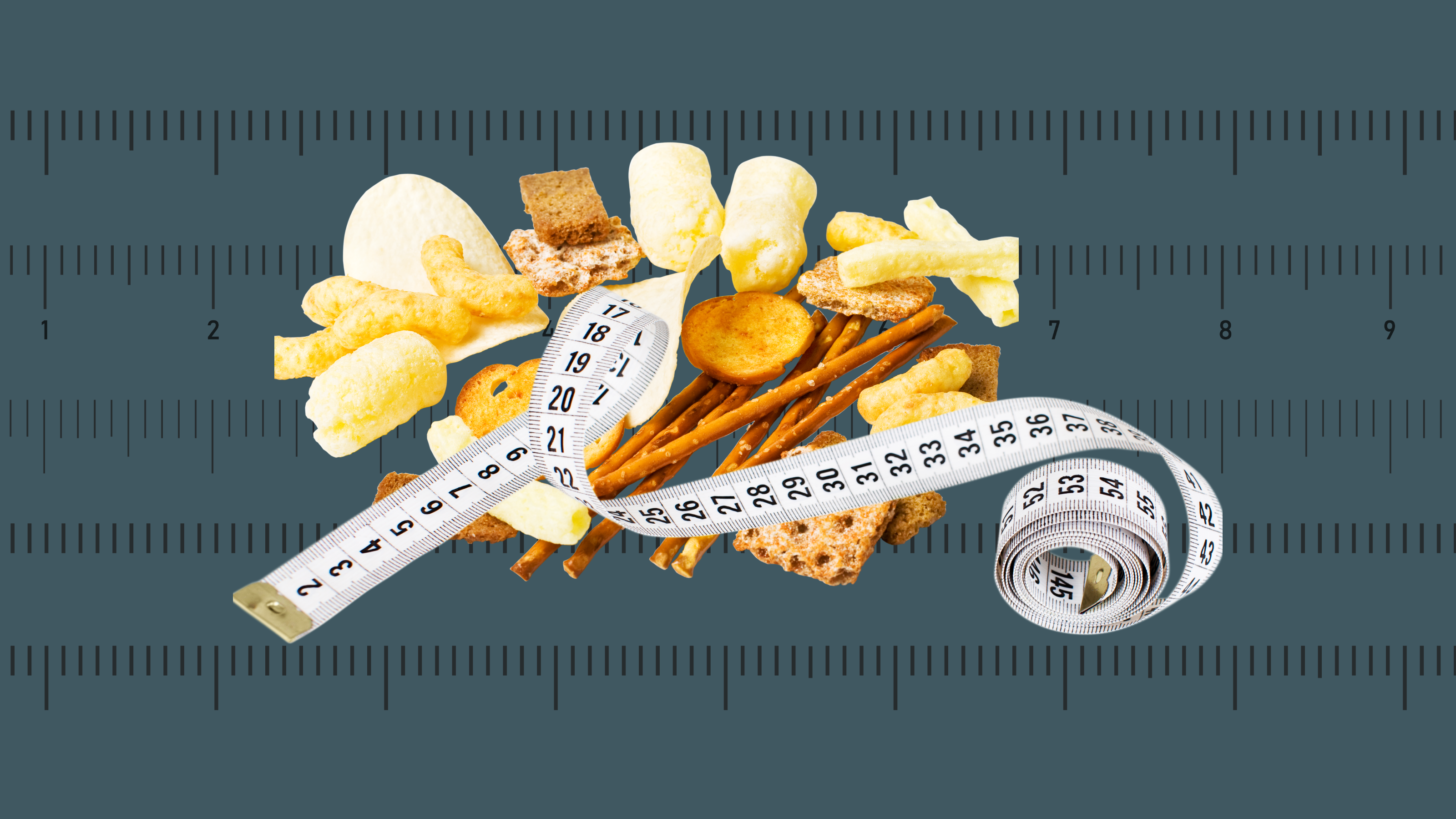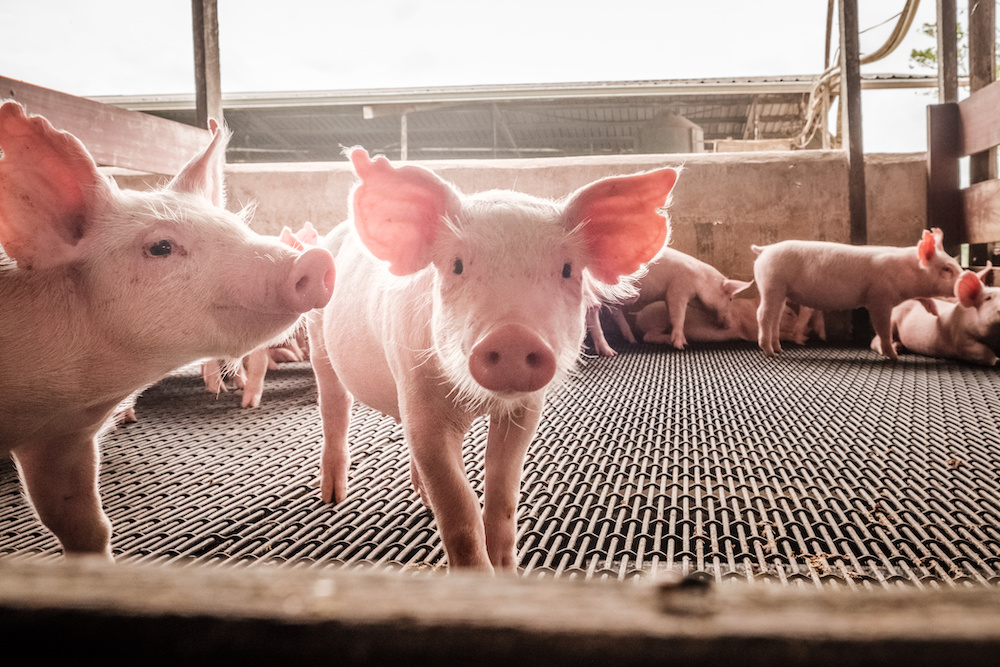Want to lose weight? Try eating like a pig

- Pigs are remarkably similar to humans in a variety of ways, making them a great model animal to study human nutrition.
- While nutrition studies conducted on humans are typically of poor quality, nutrition studies on pigs are often extremely rigorous.
- From pig studies, we have learned that calorie counting matters, and eating many smaller meals is preferable to a few larger ones.
Pigs are generally thought of as smelly, dirty, and fat. That’s why comparing someone to swine is considered a biting insult.
But as Theo van Kempen and Ruurd Zijlstra, both agricultural scientists specializing in swine nutrition, pointed out in an article published in March in the journal Metabolites, pigs don’t deserve this unflattering reputation. Rather, it is we humans who could learn something from them, particularly when it comes to maintaining a healthy weight.
Although pigs may appear pudgy to most of us, they generally don’t have obesity problems. Even when given unlimited access to food in studies, swine don’t “pig out.” They usually elect to eat smaller meals numerous times throughout the course of the day, concentrated mostly in the early morning and late afternoon.
“Pigs are smart enough to eat when it fits best with their metabolic needs,” van Kempen and Zijlstra wrote, “but humans appear to have lost this ability.”
Sadly, pigs can’t share their wisdom with us about exercising self-control. But we can study their behaviors and diets to try to discern weight lessons that might apply to us.
Eating like a pig
Pigs, after all, are very similar to humans in a variety of ways. We both historically ate an omnivorous diet, sharing many of the same tastes in foods. Both our species have remarkably similar digestive tracts. Pig-derived insulin was primarily used to treat human diabetes before we synthesized the human version in the lab. Scientists are even working on transplanting genetically modified pig organs into humans.
Moreover, unlike most nutrition studies conducted on humans, studies conducted on pigs are quite rigorous. There’s no nonsensical, misremembered, self-reported data taken from lengthy surveys, capable of only showing correlation, not causation. Instead, we have many long-term dietary studies in which the animal subjects’ nutrition is tightly controlled.
From these experiments, we have learned a variety of useful things. For example, consuming carbohydrates that are digested slowly by the body rather than ones digested quickly, thus preventing blood sugar levels from spiking, results in leaner pigs. These carbohydrates include most vegetables, whole grains, and legumes, among other foods. We’ve also learned that pigs’ preferred practice of eating many smaller meals keeps them leaner than if they are forced into fewer larger meals — even when calories are kept constant. Third, pigs are best at eating according to their energy needs, and they are adept at turning calories into muscle rather than fat when they are fed a nutritionally complete diet with all the necessary nutrients, vitamins, and minerals.
“Deficiencies can impair how the energy consumed is used,” the authors wrote. “Converting dietary energy into fat seems to be the ‘path of least resistance’; when deficiencies in nutrients such as phosphate impede other means of energy utilization, conversion into fat seems to persist.”
The oinker diet
Above all, nutrition research in pigs strongly indicates that energy balance is the greatest arbiter of weight gain.
“Calorie counting is something we rely on strongly in swine nutrition, and there are few reasons to believe that it does not work in humans. Most humans should be able to lose weight by consuming fewer calories than what they need for maintenance and physical activity,” van Kempen and Zijlstra wrote.
If all these findings could be distilled into a dietary regimen modeled after pigs (with a catchy name like the Oinker Diet or the Piggy Protocol), it would probably look something like this: Consume a variety of foods, aiming for a nutritionally complete diet, spacing your daily eating throughout five or six smaller meals, with almost all carbohydrates of the slow-digesting variety. A daily multivitamin might not hurt either (though other supplements shouldn’t be needed). Most importantly, if you find yourself gaining excess fat, reduce your caloric intake.
“Although a human is not a pig, borrowing pig data is arguably much closer to the truth than having no data at all,” the researchers concluded.





